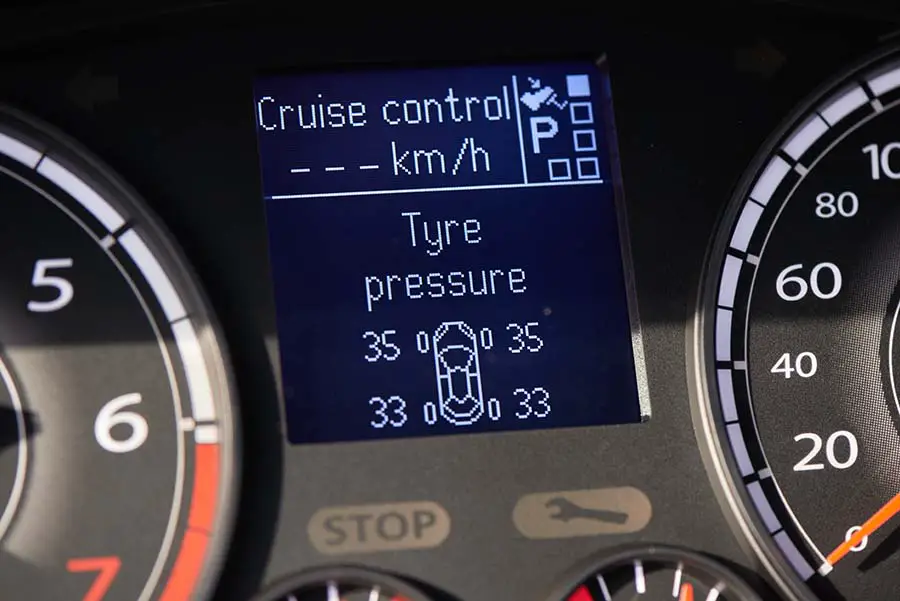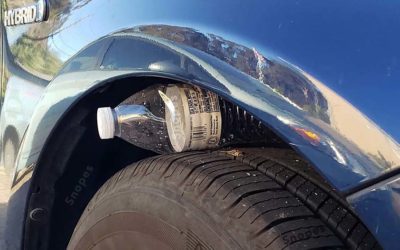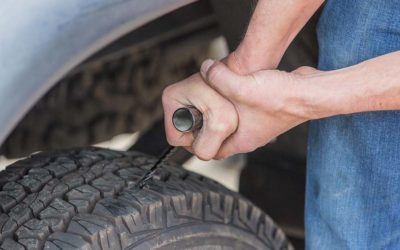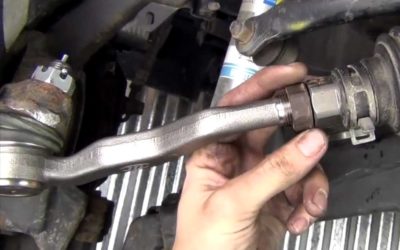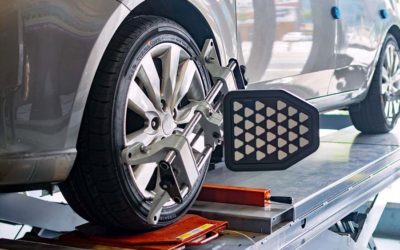You surely heard about equipping a TPMS for safe driving. Yet, what is TPMS, and how do they work? This blog highlights simple definitions of common types through objective and informative writing.
We also cover the easy-to-understand answer to a frequently asked question. Besides, you can also learn more about the benefits and disadvantages.
What Is A Tire Pressure Monitoring System? (TPMS)
The Transportation Recall Enhancement, Accountability, and Documentation (TREAD) Act which is valid in the USA, keeps the role of preventing serious car accidents due to underinflated tires. As a result, every vehicle sold in the USA has a tire pressure monitoring system (TPMS).
TPMS – As the name suggests, it indicates the level of air pressure in the pneumatic tires.
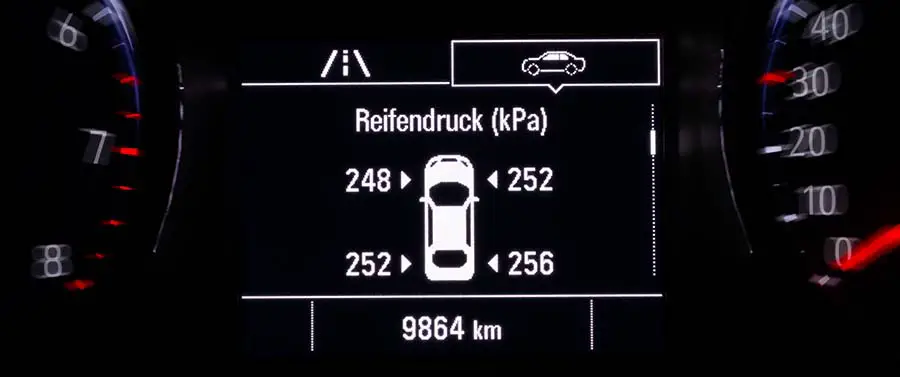
Thanks to such an indication, people can tell the status of tires and whether it is safe for a drive. Specifically, TPMS informs you of low tire pressure by a yellow symbol of a tire cross-section.
The surge of undesirable drives due to flat tires meets its halt. A superior TPMS and regular maintenance enable you to enjoy driving time with safety and long-lasting tires.
How Does A Tire Pressure Sensor Work?
Commonly, a TPMS connects with the valve-stem assembly in each tire to gauge the air pressure inside. Manufacturers usually use batteries to charge their power.
TPMS are divided into two types, indirect and direct sensors. Let’s explore their operation systems in the following content!
Indirect TPMS
An indirect TPMS conducts the measurement through the wheel speed sensors. In detail, it calculates the revolution of each wheel and then transfers such databases to the computer for analysis.
The ratio between tire pressure and speed highlights the balance or imbalance of tires. If the sensors spot any signals that a tire is too flat or has low pressure, it will show alerts.
It uses the databases about driving speed as a benchmark for air pressure. The word ‘indirect’ signifies the way this type of TPMS operates. Besides, it does not gauge air pressure but the speed of a tire’s rotation. The faster your car moves, the more impactful it will be to your tires.
The computer calculates the standard tire sizes for the regular evolution. Therefore, allowing you to detect early signals of problems when numbers go beyond recommendations.
Direct TPMS
Unlike the anti-lock brake system, a direct TPMS measures air pressure by monitoring sensors inside each tire. Also, it provides information about tire temperature, which could add more accuracy to the alerts of low-pressure tires.
A direct TPMS sends all the data to a centralized control module for further analysis and interpretation. There will be warning signals on the dashboard if a tire has low pressure.
It requires no wires for the operation above from a direct TPMS sensor to the central module. Also, each tire has a unique serial number, so there will be no mistake readings of air pressure.
Due to such a high-technology system, replacing a direct TPMS is not a game for amateur mechanics. As a result, it is essential to have an experienced technician change the sensors.
Before moving to the next section, we want to highlight some critical takeaways below.
- Indirect TPMS resonates with the air pressure by measuring a tire’s rotation. It explains its indirect operation for the alerts of low-pressure tires.
- Direct TPMS is a sensor in each tire to transfer pressure and temperature data to a centralized module. A unique serial number marks a specific status of each tire for accurate alerts.
Understanding how each type works allows you to build a foundation to learn its strengths and weaknesses. Subsequently, you can have better references for which TPMS you should use for your vehicle.
There is nothing perfect that highlights the importance of objective information. Combining it with the identification of your need could alleviate the selection process!
Advantages and Disadvantages of Indirect TPMS
In this section, we would like to show you the benefits and drawbacks of using an indirect TPMS. Hopefully, it will support you in choosing the most suitable sensors for your vehicle.
We share the points below to explain why you will love an indirect TPMS.
- Affordability: You do not have to pay much to equip an indirect TPMS compared to a direct sensor.
- Fewer requirements of programming or maintenance: It gets the heaviness off your shoulder to keep track of an indirect TPMS’s performance.
Yet, some points signify disadvantages that you should consider.
- Possibilities of inaccuracy: the alerts might go wrong due to the indirect measurement, especially when you buy incorrect tire sizes.
- Lack of consistency: Different tire pressure, the unevenly worn level in each tire leads to the unreliability of an indirect TPMS.
- The requirement of resetting: It is necessary to reset such a TPMS after inflating every tire or rotating a routine tire.
Pros and Cons of Direct TPMS
With different ways of operation, a direct TPMS has different favorable and unfavorable features. We cover the main points below to make up your mind more easily!
The advantages of a direct TPMS will be in the following content.
- Higher accuracy: The alerts are more accurate than indirect TPMS due to the direct tire pressure readings.
- Under no impacts of tire rotations or tire changes: The independent system of a direct sensor allows it to suffer from little impact by any changes in a tire.
- Simpler resynchronization compared to an indirect tire: You do not have to reset a sensor every time you replace a tire or finish a routine tire rotation.
- Long-term battery usage: You do not worry about the batteries that charge this type of sensor, as it can last around ten years.
The big picture needs the bright sides and dark sides to be complete. So, it would be an odd lack if we did not mention the disadvantages of a direct TPMS.
- It can make you more money than installing an indirect TPMS.
- The tools that you need for resynchronization also cost a lot.
- The batteries can die in the worst scenarios. If so, you might bump into difficulties as the service of fixing a direct sensor’s battery is not popular.
See more: What Does The TPMS Light Mean? How Can You Fix It?
Conclusion
After reading this blog, now you know the answer to the question, “how do tire pressure sensors work?”. This blog has covered infor about two types of TPMS, including indirect and direct sensors.
Through the sections about the disadvantages and disadvantages of each type, we hope you can choose the most suitable sensors for your vehicle and safe drives!

